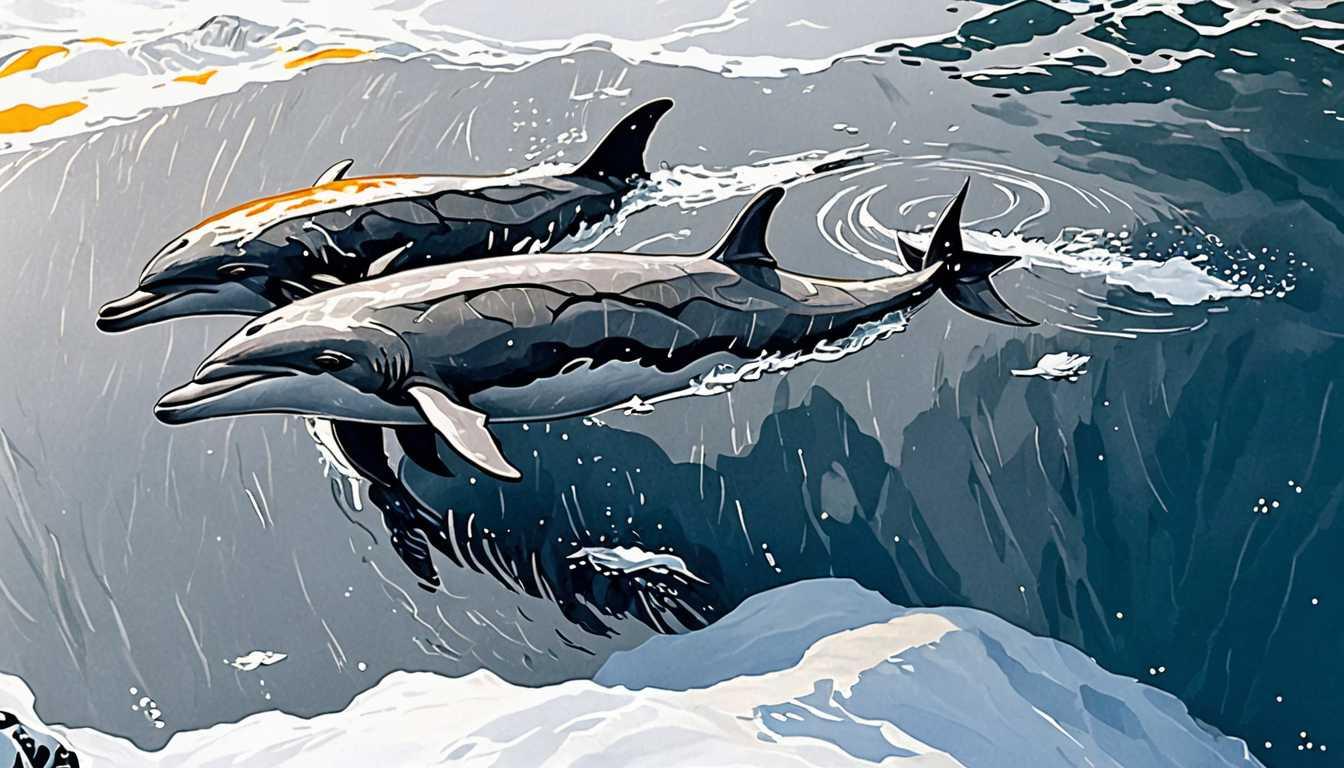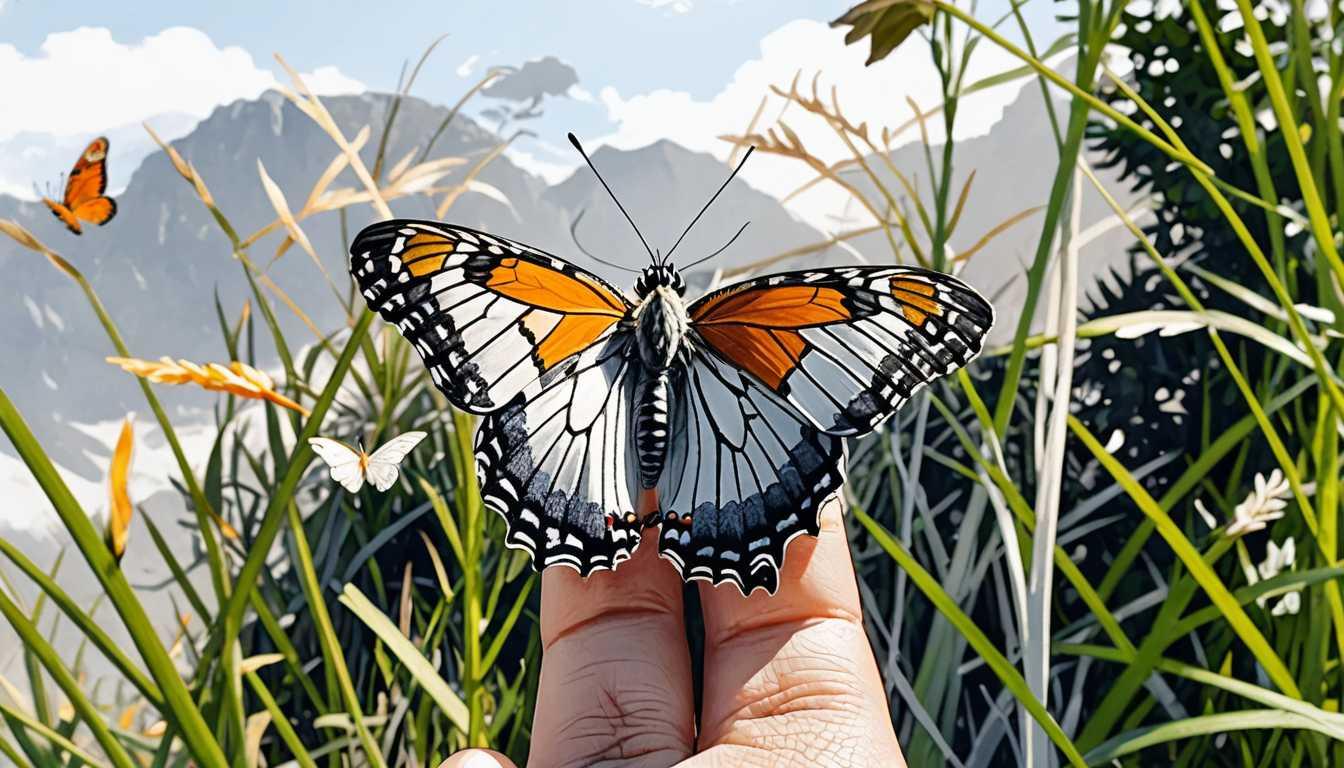Dolphins & Humans: An Unlikely Team
January 2023
Max Planck Society
Introduction
Dive into the fascinating world of Laguna, Brazil, where dolphins and humans have teamed up for an extraordinary fishing technique, baffling scientists and fishers alike for over a century! This unique partnership, studied by the Max Planck Society, showcases how both parties benefit from synchronized swimming and net-casting to catch more mullet. But, there's a twist - this rare alliance is under threat. With humor and awe, discover how drones and underwater cameras reveal secrets of this interspecies cooperation and the challenges it faces. Ready to jump in?
READ FULL ARTICLEWhy It Matters
Discover how this topic shapes your world and future
Dive Into the Depths of Dolphin Diplomacy
Imagine you're in Laguna, Brazil, where an extraordinary dance takes place between humans and wild dolphins, a spectacle that has continued for over a century. This isn't just a marvel of nature; it's a testament to the incredible potential of cooperation between species. Here, dolphins and humans work together, each benefiting from the other's efforts to catch more fish. This unique partnership highlights the importance of understanding interspecies relationships, the impact of human activities on ecosystems, and the value of preserving cultural traditions. For you, it's a vivid example of how learning from and working with nature can lead to mutual benefits, showcasing the importance of empathy, teamwork, and innovation. This story connects to broader themes like conservation, cultural heritage, and the intricate ways humans and animals can coexist and support each other's survival.
Speak like a Scholar
Interspecies Cooperation
When two different species work together for mutual benefit, like dolphins and humans fishing together.
Socioeconomic Wellbeing
How economic activities affect social relationships and the overall quality of life for individuals and communities.
Demographic Surveys
Research methods that study the characteristics of populations, such as age, gender, and survival rates.
Predictive Models
Scientific methods used to forecast future events or trends based on current or past data.
Cultural Heritage
Traditions, practices, and knowledge passed down through generations, forming an integral part of a community's identity.
Conservation Measures
Actions taken to protect and preserve natural environments, species, and cultural practices from decline or extinction.
Independent Research Ideas
The Role of Sound in Dolphin-Human Fishing Cooperation
Investigate how dolphins and humans might use sound or other forms of communication to coordinate their fishing efforts. This could explore the fascinating world of animal communication and its potential applications in human activities.
Comparative Study of Interspecies Cooperation
Examine other known instances of interspecies cooperation around the world and compare them to the dolphin-human fishing partnership. This could shed light on the conditions that foster such relationships and their implications for conservation and human-animal interactions.
Impact of Environmental Changes on Traditional Fishing Practices
Research how changes in the environment, such as climate change or pollution, affect traditional fishing practices and the communities that rely on them. This could highlight the importance of sustainable practices and environmental stewardship.
Cultural Significance of Animal-Human Partnerships
Delve into the cultural, historical, and social aspects of animal-human partnerships, exploring how they shape community identities and cultural heritage. This could offer insights into the role of tradition in conservation efforts.
Economic Analysis of Traditional vs. Modern Fishing Methods
Conduct an economic analysis comparing traditional fishing methods, like those used in Laguna, with modern commercial fishing techniques. This could explore the sustainability, efficiency, and socioeconomic impacts of different fishing practices.
Related Articles

Nature's Fast and Furious: Survival Edition
November 2022
University College London

Why Whales Became Ocean Giants
March 2023
Stanford University

Saurona: Where Butterflies Meet Sauron
May 2023
Smithsonian Magazine

Wings of Change: Butterflies vs. Climate
July 2023
University of Cambridge

America's Wolf: A Survival Saga
September 2022
National Geographic